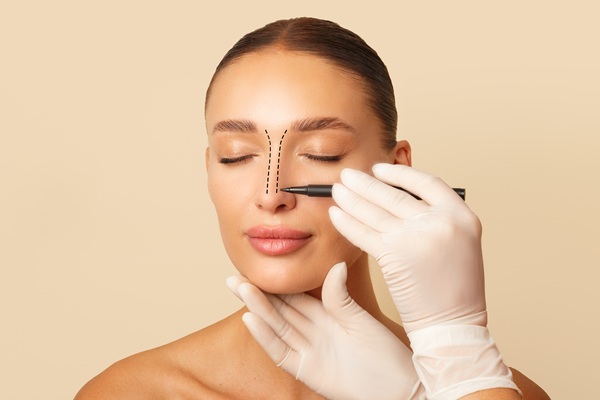Tips for a Speedy Recovery From Corrective Jaw Surgery

Finding lasting relief from issues such as misalignment and facial asymmetry can involve specialized procedures. Fortunately, corrective jaw surgery is a reliable option for addressing these concerns. A dental specialist realigns the upper or lower jaw during this process to promote better function and comfort. Although the procedure can benefit health and appearance significantly, a smooth recovery requires following the best possible post-operative guidance. Below are several tips designed to encourage efficient healing and maintain the results gained from the procedure.
Tips for a successful corrective jaw surgery recovery
Adopt a supportive diet
Nutrient-rich, soft-textured foods can support recovery from corrective jaw surgery by reducing the stress on the jaw. Soups, smoothies, and pureed meals supply important vitamins and minerals without placing excessive pressure on the surgical area. Fish, eggs, and tender vegetables are often suitable as the body regains strength, though any dietary changes should align with recommendations from a dental specialist. By focusing on easy-to-chew foods, the healing jaw can recover more effectively without the risk of unnecessary strain.
Follow specific post-operative instructions
Adhering to the dental specialist's care plan is crucial for a smooth post-operative experience. This may include using ice packs to minimize swelling, keeping the head elevated while resting, and taking prescribed medications on schedule. Rinsing gently with mouthwash or a mild saltwater solution can help control bacteria and protect the surgical sites. These measures reduce the chance of complications, allowing corrective jaw surgery results to remain stable as the jaw heals.
Limit strenuous activity
Significant physical exertion or heavy lifting can interfere with recovery. It is best to avoid intense exercise until the surgeon provides approval since excessive activity may increase swelling or delay healing. Light walks can still aid circulation and maintain overall well-being, but more vigorous routines should wait until the jaw is strong enough to handle extra stress. A gradual return to normal activities helps protect the surgical work and reduces the risk of setbacks.
Maintain follow-up appointments
Ongoing visits to a dental specialist enable close monitoring of the healing process. These appointments may include X-rays or other evaluations to confirm that the jaw aligns correctly and that the bone and tissue are recovering as anticipated. If adjustments to the care plan are necessary, early detection allows timely interventions. Attending all scheduled checkups reinforces the benefits of corrective jaw surgery, reducing the risk of unaddressed complications.
Be patient and focus on emotional resilience
Undergoing corrective jaw surgery can involve physical discomfort as well as changes to appearance or speech. Setting realistic expectations and communicating with dental professionals, friends, or family members often brings reassurance during times of uncertainty and fosters familiarity with these changes. A positive mindset and strong support network can significantly enhance the healing journey.
Call us for more information
Recovering from corrective jaw surgery involves attentive post-operative care, dietary adjustments, and a cautious approach to activity. In the long term, corrective jaw surgery can help alleviate discomfort, improve oral function, and contribute to a healthier, more uniform bite. If you have questions or concerns about successfully recovering from this procedure, contact Facial Spectrum.
Request an appointment here: https://spectrumsurgical.net or call Facial Spectrum at (816) 524-4334 for an appointment in our Lee's Summit office.
Check out what others are saying about our services on Yelp: Corrective Jaw Surgery in Lee's Summit, MO.
Recent Posts
The jawbone is the part of the face that holds many essential elements together, such as the teeth, ligaments, and muscles; however, bone grafting may sometimes be necessary if the jawbone is too weak to perform these tasks. A person’s jawbone can deteriorate over time, whether due to age, genetics, poor oral health, cancer, or…
Many individuals seek rhinoplasty to enhance facial harmony, improve nasal function, or correct structural abnormalities. As a surgical procedure that reshapes the nose, rhinoplasty can address aesthetic concerns as well as breathing difficulties caused by structural defects such as a deviated septum. Understanding the consultation process, surgical techniques, and what to expect from the recovery…
The facelift is one of the oldest and most well-known cosmetic surgeries for restoring a youthful appearance to the face. If you are considering this procedure, it is important to understand the steps of the process and the time commitment involved. The specifics of the process can vary depending on the patient; however, here is…
You need an oral surgeon for complex dental procedures. This dental care provider can perform non-invasive and invasive dental treatments. Understanding what happens during the first visit can ease your anxiety. Here are the things you should look forward to when you consult your oral surgeon.The oral surgeon will receive a referral from the patient’s…


